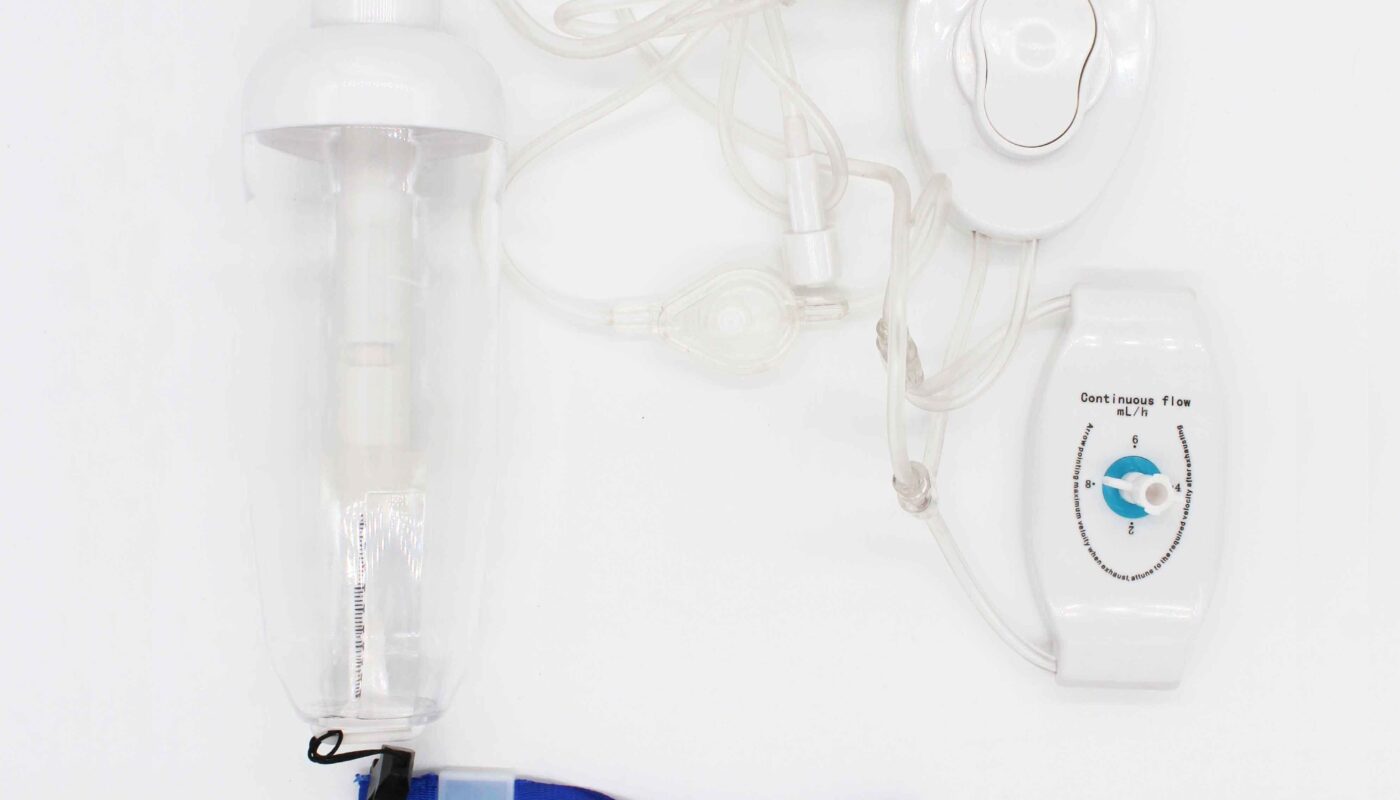What are Elastomeric Infusion Pumps?
An elastomeric infusion pump, also known as an elastomeric balloon pump, is a device used for continuous subcutaneous infusion of drugs. Elastomeric pumps consist of a pre-filled fluid chamber made from elastic silicone and protected by an outer casing. When filled and activated, the elastic properties of the silicone chamber provide controlled pressure to continuously infuse drug solutions over extended periods ranging from 24 hours up to 7 days.
History and Development
The concept of continuous drug delivery using elastic reservoirs can be traced back to the late 1960s when researchers began exploring new methods for long-term infusion outside of traditional bulky mechanical pumps. Early prototypes utilized cylindrical rubber bulbs and bladder-based systems to maintain a steady output. However, it was not until the 1980s when silicone manufacturing advances allowed for the development of reliable pre-filled elastomeric chambers. The first elastomeric infusion pumps received FDA approval in the early 1990s and have since become an important tool for ambulatory infusion of medications.
How Elastomeric Pumps Work
At the core of every Elastomeric Infusion Pump is a pre-filled flexible silicone chamber containing the drug solution to be delivered. When the activation button is pressed, a small air pocket is introduced into the chamber, compressing the silicone and displacing a measured amount of drug. The elastic properties of the silicone cause it to slowly expand and relax, continually exerting gentle pressure to expel drug through the outlet port and attached administration set or catheter over time. No batteries or electronic components are needed – just the mechanics of controlled elastic recoil power delivery.
Advantages for Patients
A key benefit of elastomeric pumps is their simplicity and portability. Being mechanical devices, they have no electronic components to malfunction, break down, or require recharging. This makes them very reliable for continuous delivery regardless of the patient’s location or activities. Their small, lightweight design allows for discreet, comfortable wearing even under clothing. Not needing programming or refills during operation provides convenience without interruptions to daily life or work schedules. For patients requiring long-term infusions, elastomeric pumps can significantly improve quality of life over options requiring clinic visits or in-dwelling catheter systems.
Common Clinical Applications
The non-programmable, pre-filled nature of Elastomeric Infusion Pumps makes them well-suited for delivering certain drug therapies over extended time periods with consistent, continuous dosing. Some of the most common uses include:
– Pain management: Elastomeric pumps are frequently used to administer local anesthetics and opioids for up to 7 days to manage various types of acute and chronic pain.
– Spasticity treatment: Baclofen, which helps relax muscles, is commonly infused for spinal cord injuries and multiple sclerosis using elastomeric pumps.
– Parkinson’s disease: Continuous apomorphine delivery via pump under the skin aids motor function for those with advanced Parkinson’s Disease.
– Antibiotic therapy: Prolonged antibiotic courses are well-tolerated via elastomeric infusion to treat severe infections and prevent catheter-related bloodstream infections.
Advancing Drug Therapies
As new drug formulations and delivery methods progress, elastomeric pump technology continues to evolve as well. Materials research aims to develop even more precisely controlled infusion rates over longer periods. Combination product designs now integrate reservoirs with sophisticated catheters specialized for certain applications. Telehealth connectivity also allows for remote monitoring of pump function and refill schedules. Overall, elastomeric pumps remain an important tool uniquely suited to advancing care through continuous, ambulatory delivery of medications when traditional oral or intravenous therapies are not optimal options. Their mechanical simplicity and longtime clinical use help enhance patient quality of life through convenient management of numerous chronic conditions.
*Note:
1. Source: Coherent Market Insights, Public sources, Desk research
2. We have leveraged AI tools to mine information and compile it



